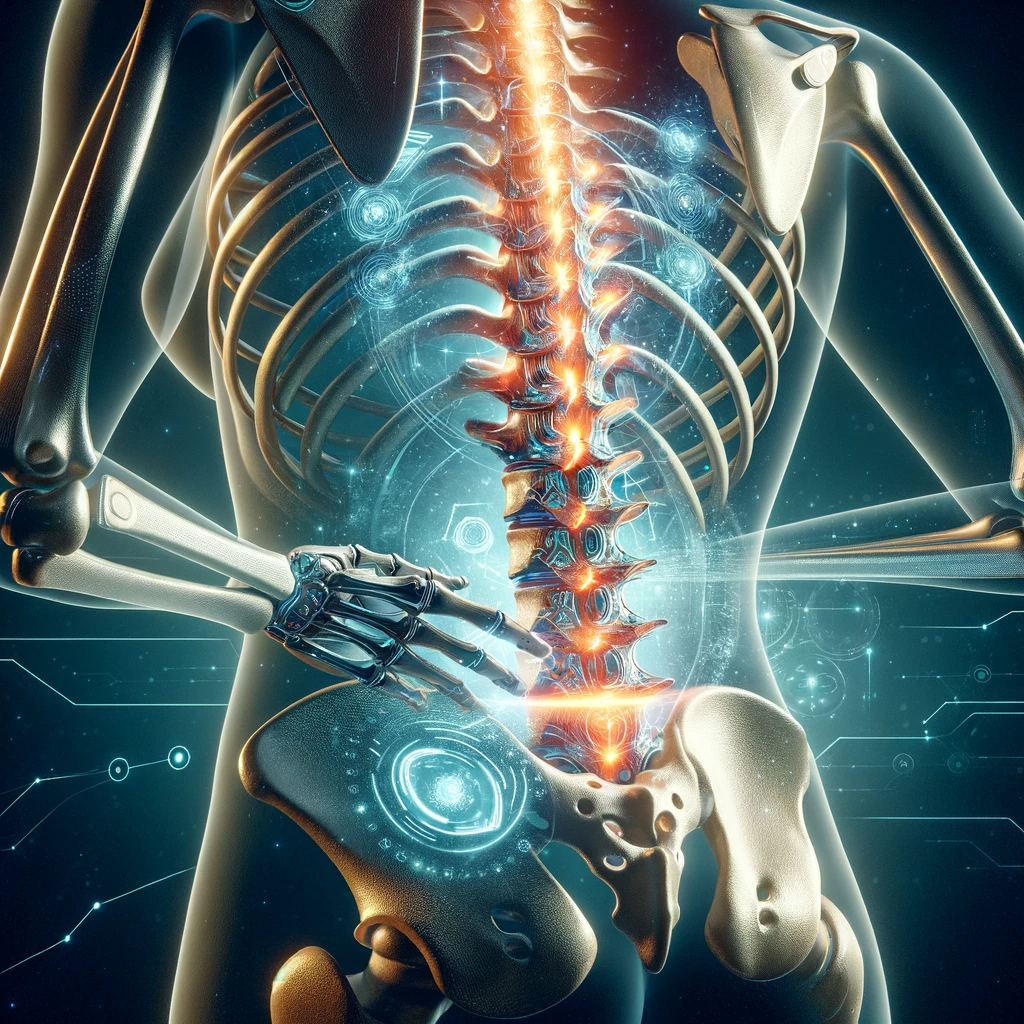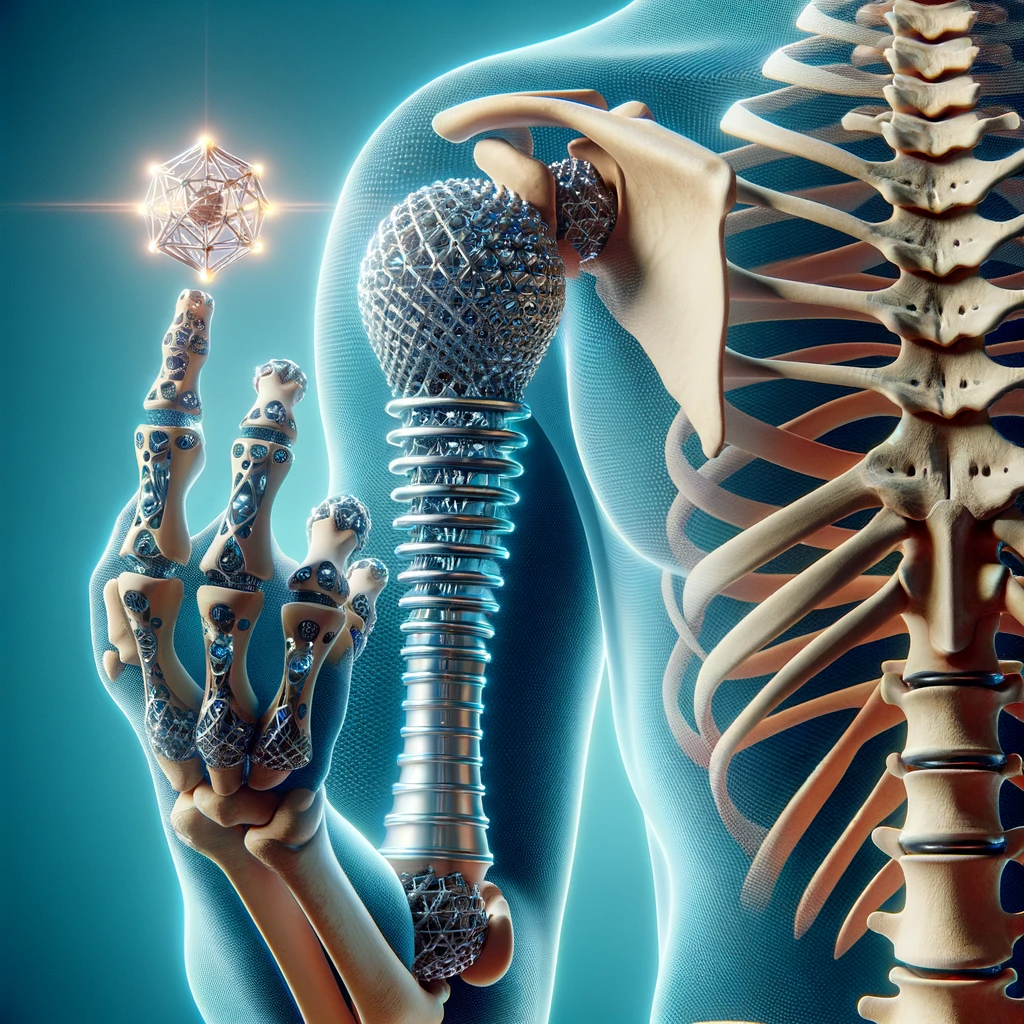From University of Pittsburgh 18/01/24

A civil engineer at the University of Pittsburgh is applying his expertise in bridges and infrastructure to develop new materials that better treat spinal injury, repair, and recovery.
Amir Alavi’s proposal received a $557,000 boost from the National Institutes of Health to test the first “metamaterial” orthopedic implants.
With an estimated 342,000 procedures per year in the U.S.1, interbody spinal fusion is a popular procedure to treat a range of spinal pain and injuries, from herniated discs and degenerative diseases to trauma.
Interbody fusion cages are spinal implants that are used in most of these procedures for better surgical outcomes.
A successful fusion is also a balancing act – the cage should be stiff and strong enough to limit motion and relieve pressure, yet soft enough that the spine can still act to transfer load.
However, the required strength and stiffness provided by the current materials used in the fusion procedures can negatively impact the healing progress.
“Titanium and specific polymers, like polyetheretherketone (PEEK), are the most common materials used in spinal fusion cages because of their biocompatibility, strength, and durability.
While one might assume that the high rigidity of metal implants is desirable, it actually can lead to detrimental outcomes such as extreme compression, delayed bone healing, and even catastrophic destruction of the host bone,” explained Alavi, who is an assistant professor of civil and environmental engineering in Pitt’s Swanson School of Engineering.

“There are also major concerns regarding the bone integration of PEEK cages”.
Alavi’s NIH funding is from a three-year Trailblazer R21 Award which allows new and early stage investigators to pursue research programs of high interest to the National Institute of Biomedical Imaging and Bioengineering.
Alavi is also among 23 University of Pittsburgh scientists included in the 2023 Highly Cited Researchers list from Clarivate and was named one of “24 Pennsylvanians to Watch in 2024” by PennLive/Harrisburg Patriot News.
“I am very excited about this project as it marks the first-ever testing of a “metamaterial orthopedic implant” in vivo,” Alavi added.
“Our mission is to discover the ideal interbody fusion cage—a holy grail that combines the necessary stiffness for stabilizing vertebrae movement, flexibility for load-sharing, and porosity to support both bone on-growth and in-growth.
I believe that our metamaterial approach to designing interbody fusion cages is the most viable strategy to seamlessly integrate all these essential features into a single fusion cage.”
According to Alavi, metamaterials are more advanced than traditional elements, alloys, or other materials because they can be designed to provide a wide range of desired mechanical properties, including ultra-light, ultra-stiff, ultra-high strength‐to‐density ratios, compliance, and high resilience.
In addition, metamaterial implants open a vast design space as they can be fabricated using a wide variety of biocompatible materials.
The team is leveraging their generative artificial intelligence tools to accelerate the exploration of this design space, with tools that allow researchers like Alavi to utilize massive amounts of data not only about metamaterials, but also the spine and how the material needs to behave within the human body.
“The unit cells in these metamaterial implants can take various sizes and shapes.

The number of possible configurations for these metamaterial implant can approach astronomical values.
So, depending on the clinical requirements, target mechanical properties and anatomical matching set by our surgeons, we are dealing with a huge design space,” Alavi explained.
“What generative AI allows us to do is combine all these parameters with every known material to identify a new metamaterial that responds to all medical needs and improves recovery.
We can then create the metamaterial constructs and test them much more quickly, efficiently, and economically than traditional trial and error.”
The Trailblazer R21 Award will enable Alavi to first test the spinal fusion cages on animals before finalizing the treatment for human testing.
He believes the process will eventually lead to the next-generation metamaterial-based implants that can be used for treatment of other bone injuries and diseases requiring surgical intervention.
His collaborator during the in vivo trials will be Allegheny General Hospital.
More info
https://news.engineering.pitt.edu/



